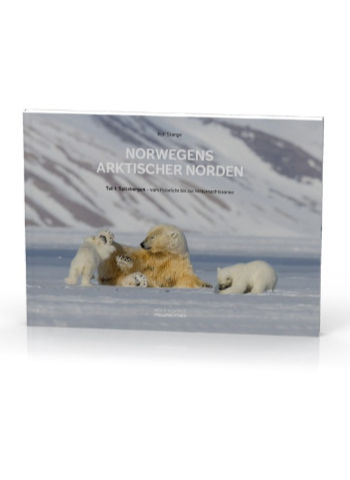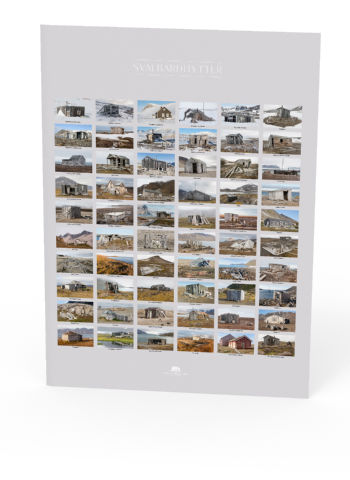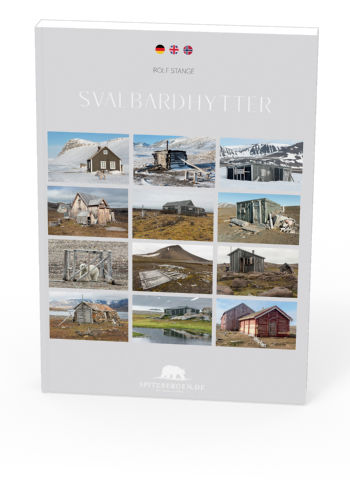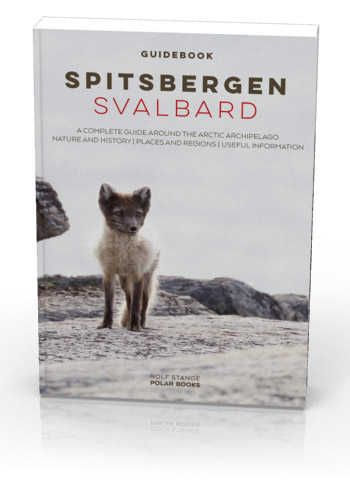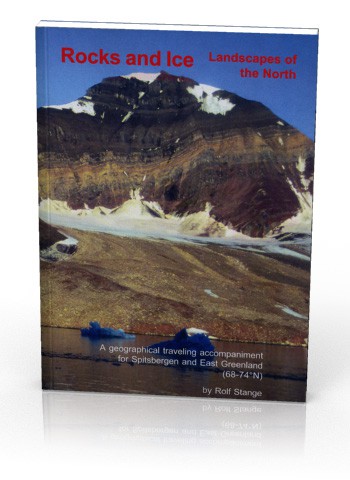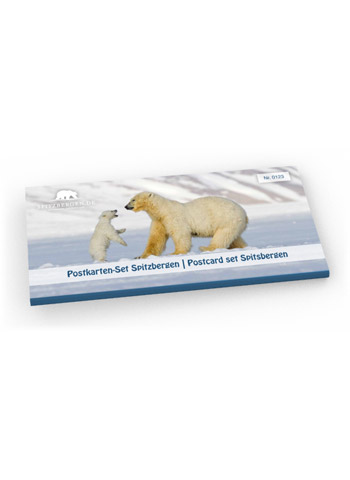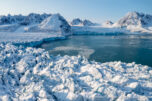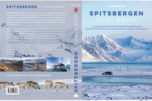-
current
recommendations- Liefdefjord
New page dedicated to one of Spitsbergen's most beautiful fjords. Background information and many photos.
- New Spitsbergen guidebook
The new edition of my Spitsbergen guidebook is out and available now!
- Liefdefjord
New page dedicated to one of Spitsbergen's most beautiful fjords. Background information and many photos.
Page Structure
-
Spitsbergen-News
- Select Month
- May 2025
- April 2025
- March 2025
- February 2025
- January 2025
- December 2024
- November 2024
- October 2024
- September 2024
- August 2024
- July 2024
- June 2024
- May 2024
- April 2024
- March 2024
- February 2024
- January 2024
- December 2023
- November 2023
- October 2023
- September 2023
- August 2023
- July 2023
- June 2023
- May 2023
- April 2023
- March 2023
- February 2023
- January 2023
- December 2022
- November 2022
- October 2022
- September 2022
- August 2022
- July 2022
- June 2022
- May 2022
- April 2022
- March 2022
- February 2022
- January 2022
- December 2021
- November 2021
- October 2021
- September 2021
- August 2021
- July 2021
- June 2021
- May 2021
- April 2021
- March 2021
- February 2021
- January 2021
- December 2020
- November 2020
- October 2020
- September 2020
- August 2020
- July 2020
- June 2020
- May 2020
- April 2020
- March 2020
- February 2020
- January 2020
- December 2019
- November 2019
- October 2019
- September 2019
- August 2019
- July 2019
- June 2019
- May 2019
- April 2019
- March 2019
- February 2019
- January 2019
- December 2018
- November 2018
- October 2018
- September 2018
- August 2018
- July 2018
- June 2018
- May 2018
- April 2018
- March 2018
- February 2018
- January 2018
- December 2017
- November 2017
- October 2017
- September 2017
- August 2017
- July 2017
- June 2017
- May 2017
- April 2017
- March 2017
- February 2017
- January 2017
- December 2016
- November 2016
- October 2016
- September 2016
- August 2016
- July 2016
- June 2016
- May 2016
- April 2016
- March 2016
- February 2016
- January 2016
- December 2015
- November 2015
- October 2015
- September 2015
- August 2015
- July 2015
- June 2015
- May 2015
- April 2015
- March 2015
- February 2015
- January 2015
- December 2014
- November 2014
- October 2014
- September 2014
- August 2014
- July 2014
- June 2014
- May 2014
- April 2014
- March 2014
- February 2014
- January 2014
- December 2013
- November 2013
- October 2013
- September 2013
- August 2013
- July 2013
- June 2013
- May 2013
- April 2013
- March 2013
- February 2013
- January 2013
- December 2012
- November 2012
- October 2012
- September 2012
- August 2012
- July 2012
- June 2012
- May 2012
- April 2012
- March 2012
- February 2012
- January 2012
- December 2011
- November 2011
- October 2011
- September 2011
- August 2011
- May 2011
- April 2011
- March 2011
- February 2011
- January 2011
- December 2010
- November 2010
- September 2010
- August 2010
- July 2010
- June 2010
- May 2010
- April 2010
- March 2010
- February 2010
- November 2009
- October 2009
- August 2009
- July 2009
- June 2009
- May 2009
- April 2009
- March 2009
- February 2009
- January 2009
- December 2008
- November 2008
- October 2008
- August 2008
- July 2008
- June 2008
- May 2008
- April 2008
- March 2008
- February 2008
- April 2000
- Select Month
-
weather information
-
Newsletter

| Guidebook: Spitsbergen-Svalbard |
Home → * News and Stories → Disturbance of research in Ny-Ålesund due to mobile phone use
Disturbance of research in Ny-Ålesund due to mobile phone use
Too long to read? The key message: in Ny-Ålesund you can make mobile phone calls, but you cannot use Bluetooth or WLAN. It is important that all connections on ALL relevant devices are deactivated!
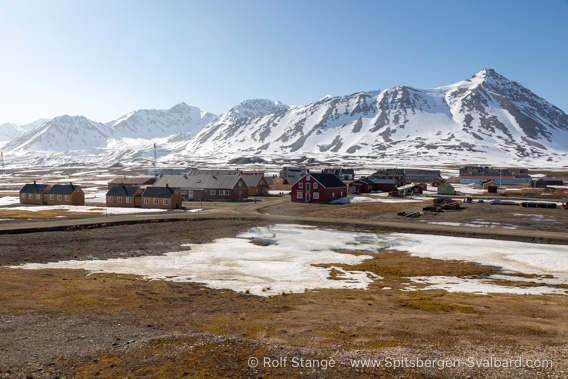
Ny-Ålesund.
In more detail
Ny-Ålesund has had a mobile network since November 2023. It was introduced because many of the scientists and employees in the small town in Kongsfjord had expressed the corresponding wish, for their work, for safety in the field and for private use.
The problem
However, one man’s joy is another man’s sorrow: the sensitive measuring instruments at the geodetic station of the Norwegian Geodetic Institute (Kartverket) can be disturbed by electromagnetic waves emitted by mobile devices. For this reason, the use of the problematic frequencies between 2.1 and 2.5 GHz is also prohibited in Ny-Ålesund.
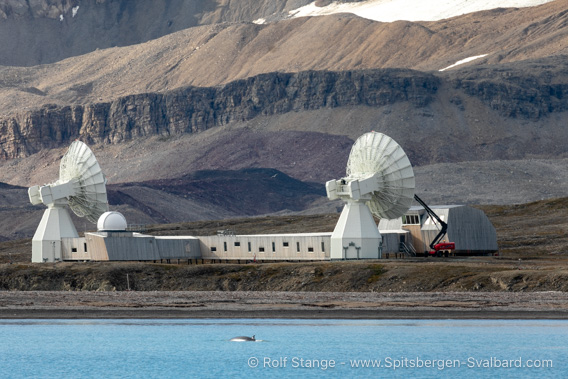
The geodetic station near Ny-Ålesund.
The 5G mobile network can use frequencies in this range, but does not have to. Due to a lack of technical expertise, I can only assume that the transmitter mast in Ny-Ålesund uses frequencies outside the interference range.
Frequencies
In any case, Bluetooth (2.402 GHz and 2.480 GHz) and WLAN (including 2.412 to 2.472 GHz) are fully within the spectrum that is generally used, but interferes with devices in Ny-Ålesund and is therefore prohibited. However, the devices, which include mobile phones, cameras, smartwatches, headphones, computers, printers, etc., do not know this, nor do their users.
As the Norsk Kartverket is repeatedly experiencing malfunctions in the operation of the geodetic station’s measuring equipment, the problem is currently back in the public eye – and not for the first time. In addition to Svalbardposten, the German technology website Heise also recently published an article on the subject.
The solution
Even if – it should be noted at this point – the mobile network in Ny-Ålesund was not set up for tourists but for the town, tourists visiting the town by boat appear to be responsible for a significant part of the problem. As is so often the case, the solution could actually be quite simple: Mobile phones can be used, but all Bluetooth and WLAN connections must be deactivated. If this is not possible, for example with wireless headphones or smartwatches, the devices may not be used in Ny-Ålesund. If you have them with you anyway, for example on a ship, they must remain on board, as low down as possible, in the hope that the metal hull will help to shield them.
Importantly, this applies not only in Ny-Ålesund, but within a radius of 20 kilometres around the town, i.e. in the entire Kongsfjord.

Online in Ny-Ålesund? Sure – but only via mobile network or wired,
not via WLAN.
Black sheep
It is probably feasible to communicate these fairly simple measures to researchers and employees who are staying in Ny-Ålesund for a longer period of time, but it is a different matter for tourists who only visit for a short time. Unofficially, it is known that operators of the larger ships that sail there regularly sometimes show indifference, ignore all calls and do not even switch off the WLAN networks on board when their ships are in harbour. Whether passengers on board are made aware of the ban and the measures described clearly and in good time is at least doubtful.
Regulation?
And as is so often the case, one or two black sheep are enough to bring a whole herd into disrepute, and the call for ‘regulation’ of shipping traffic in the Kongsfjord is already loud. It doesn’t take much imagination to visualise that this could quickly turn into a closure of the entire fjord to the public – after all, responsible politicians in the Norwegian government immediately rejected political measures and called on those involved to find a solution.
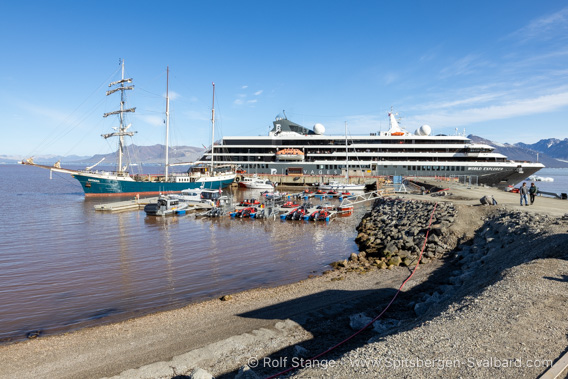
On SV Antigua, everyone was certainly asked to switch off Bluetooth and WLAN. But what about the big one and the smaller sailing boats?
Comment and proposal
Do we have to go for maximum conflict and demand that Ny-Ålesund ‘choose between mass tourism and research’ and call for government regulation, as Johnny Welle, director of Kartverket, did in Svalbardposten?
It could be so easy if everyone joined in and implemented the measures mentioned, it really isn’t that much to ask. Most of the ships that visit Ny-Ålesund show that this is possible.
And Kings Bay, as the owner and operator of the town and harbour, could put pressure on the ships that don’t feel the need to play in the rain. The electromagnetic spectrum is recorded, interference quickly becomes visible and, in case of doubt, the harbour master can activate the WLAN and Bluetooth function on his mobile phone to see whether a ship present has set up corresponding networks. And penalties for the moorer and, if necessary, a mooring ban are certainly within the scope of King’s Bay’s options, without the need for legislation. This should get the message across, and anyone who is still stubborn will be banned.
Kings Bay, what are you waiting for?
BOOKS, CALENDAR, POSTCARDS AND MORE
This and other publishing products of the Spitsbergen publishing house in the Spitsbergen-Shop.
last modification: 2025-04-27 ·
copyright: Rolf Stange
